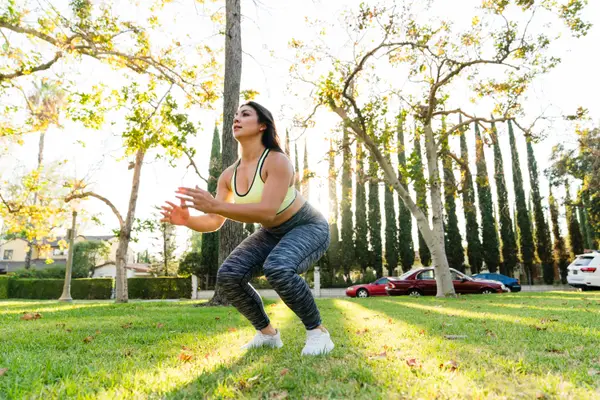Contributing Factors to Dead Butt Syndrome

Apart from prolonged sitting, other factors contribute to Dead Butt Syndrome. Muscle tightness in the hips can inhibit gluteal activation, while incorrect exercise selection or execution can lead to inadequate stimulation of the gluteus maximus. Additionally, injuries and arthritic conditions may immobilize joints, further compromising muscle activation.
Also: YOU Have 40% Chance of Getting Cancer. Who’s Most at Risk And How Can You Prevent it?
Preventing Dead Butt Syndrome

Preventing Dead Butt Syndrome involves a multi-faceted approach. Regular physical activity, including climbing, squatting, running, lunging, and walking, is essential for maintaining optimal gluteal health. Taking frequent breaks from prolonged sitting, coupled with stretching exercises targeting hip flexors, can help prevent gluteal amnesia.
Exercises to Activate Glutes

Engaging in specific exercises is crucial for activating the gluteal muscles and reversing Dead Butt Syndrome. Moves such as wide stance jump squats, side steps with bands, side lunges, kettlebell squats, and lateral step-ups target the gluteal muscles effectively. Additionally, clinching butt muscles intermittently throughout the day can help maintain gluteal activation.

